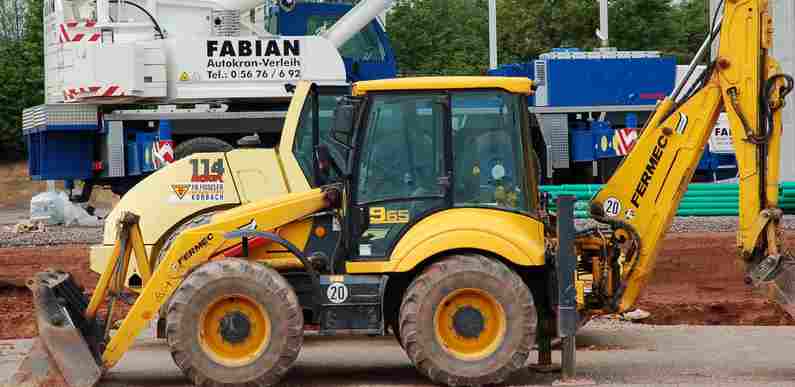Operating Leverage is just one part of your Economic Model. Simply put, it is the relationship between fixed costs and variable costs.
A construction business that rents a backhoe when they have a job that needs a backhoe will have higher variable costs and would be said to have low operating leverage. The same company that owns a backhoe is said to have high operating leverage.
The first company only has the expense when they have a job that requires a backhoe but pays more money when they need one, while the second company owns the asset and likely has a fixed monthly payment which is spread across all jobs that require a backhoe.
Low Operating Leverage
Businesses with low leverage fare much better if they fail to meet their break-even point. Said another way, they lose less money if sales don’t meet expectations because their expenses only occur if they sell a product or have a service contract.
However, companies with low leverage that routinely exceed their break-even also make less money. Low leverage means less risk and less reward.
High Operating Leverage
High leverage, by contrast, means the company has the fixed payment each month and if they have no work they still need to make the payment.
Therefore, a business with high leverage stands to lose more money if they don’t meet their break-even sales goals but makes more money if they routinely exceed their break-even. High leverage means more risk and more reward.
Generally, start-ups don’t meet their break-even and are better off with lower operating leverage (low risk/low reward). This is one reason banks don’t like to lend to start-ups.
Related Post: Operating Leverage for Small Business: When You Should Use
Would your business benefit more from high or low operating leverage?










